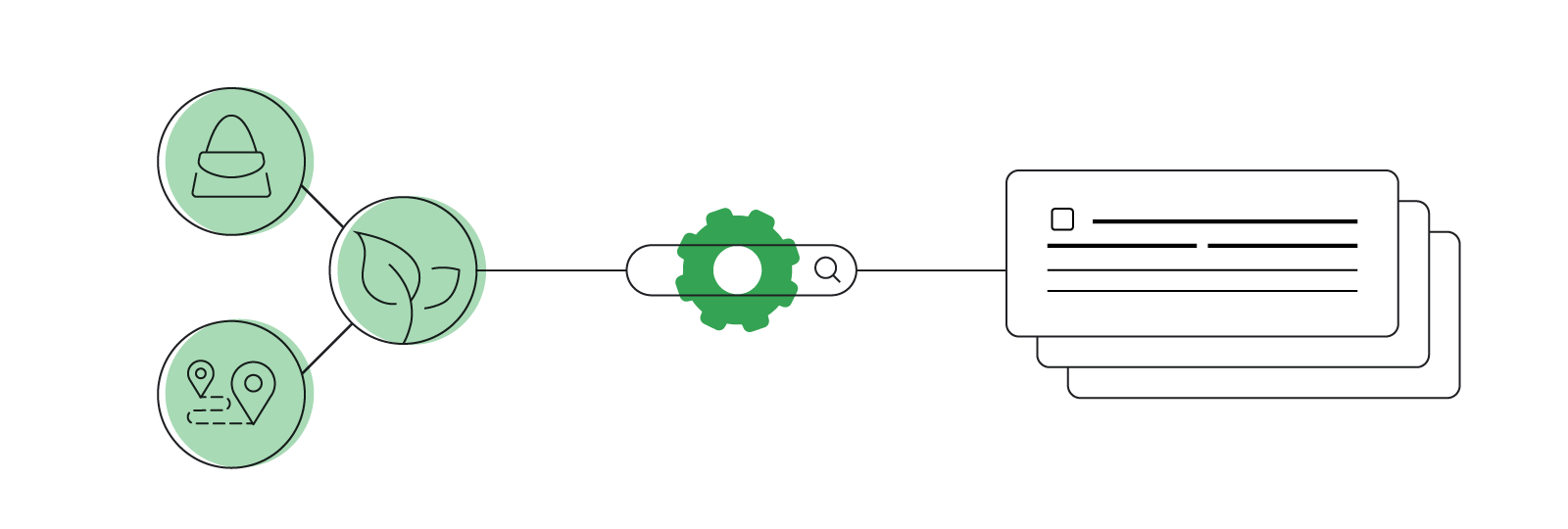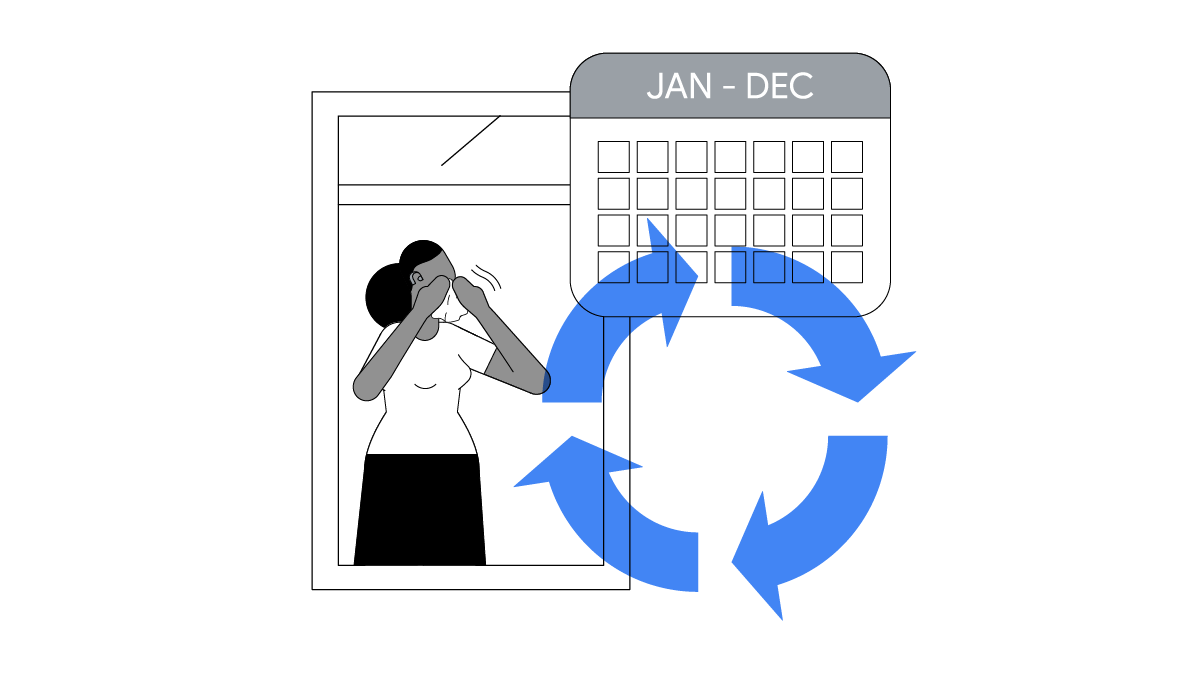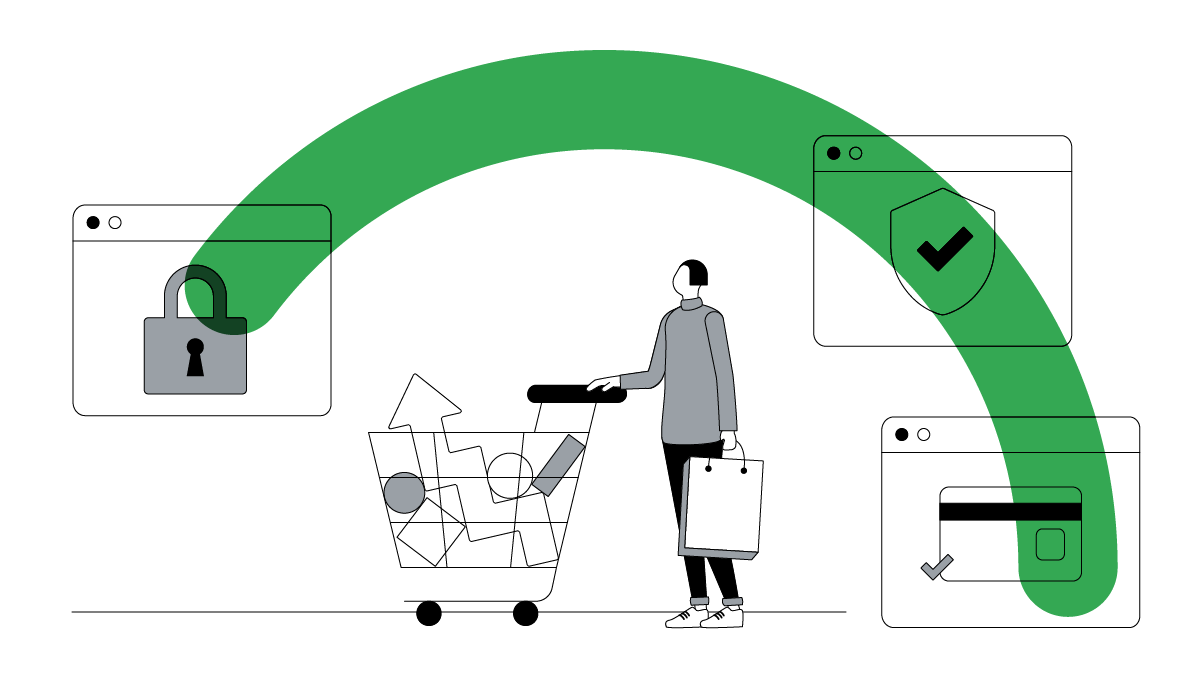South Africans are feeling the pinch. Prices for day-to-day goods remain high, despite inflation dropping in recent months. According to a recent Ipsos survey, 87% of South Africans are unhappy with the economic situation in the country.1 Furthermore, 93% of South Africans said that rising prices and inflation pose a risk to them personally.2
These challenging economic conditions are inspiring new shopping behaviours that South African brands need to know ahead of this year’s peak shopping season. And this is starting soon.
Shopping demand in South Africa picks up as early as September and can peak as late as the very end of the year.3 Categories like apparel, beauty, personal care, sports and fitness, and home and garden see their peak in November, while food and groceries, fine dining, and nightlife peak in December.4
Planning early and leveraging the advanced capabilities of AI can give South African brands a competitive edge this peak shopping season.
South Africans want value — and this goes beyond value for money
A recent Google survey found that 91% of South Africans are finding new ways of managing their budgets. This includes things such as prioritising savings, delaying big purchases, and making use of deals, discounts, and offers.5
So it makes sense that when it’s time to make a purchase, value is top of mind for them as well. In fact, 42% of South African shoppers say they prioritise value for money above anything else.6 And 63% say they spend more time researching value offers for longer than usual.7
This hyper focus on value has South African shoppers considering change. More than 15% are open to trying new retailers, new brands, and new products.8

So what might convince a shopper to switch to something new? It may be tempting to consider price above all else, but it’s not just monetary value that matters.
Ipsos research shows that 68% of South Africans said they try to buy from brands that act responsibly, even if it means spending a bit more.9 They are more likely to trust brands that are open and transparent about what they do (41%), keep their promises (40%), and provide good customer service (32%).10
The message to marketers is clear: if you want shoppers to consider your brand over another this peak season, the key lies in demonstrating value. Good value, be it monetary or otherwise, can position brands more favourably in consumers’ eyes.
But before you can communicate value, you need to know where demand for your brand is coming from.
How to anticipate South Africa’s peak shopping demand
Google AI can help you anticipate peak shopping days so that you’re ready for your customers when they’re ready to shop.
Identifying the trends in your market and industry can help you understand where the demand is coming from. The Insights page in Google Ads can do just that by tracking your account performance and searches across Google for the products and services you run ads for.
Say you’re in the alternative energy business. You may notice that when load shedding is most severe, there is rising demand for quality, affordable inverters. The Insights page provides daily updates to help you deliver the most relevant ads.
But if you’re reading this, you’re probably in the market for something more future oriented. Demand forecasts on the Insights page can help. This uses historical data to forecast products and services that are likely to experience increased search interest in the next 180 days.
These insights will help you communicate with your (potential) customers at the right time: when demand is expected to be highest.
How to use AI to engage South African shoppers at the right time
There are different AI-powered tools that can benefit marketers, depending on their goals. Responsive search ads (RSA) is one that can specifically help you deliver relevant messaging based on what people are searching for. In the case of peak season this can mean developing custom messaging related to value for those moments in which demand increases.
For example, you might run a handbag business and the value you want to communicate to your customers is around sustainability: you only use vegan leather and produce all products locally. By highlighting these value propositions in the headline and description combinations of your RSA campaign, Google AI will serve the most relevant combination to people based on what they’re searching for.

You can take it a step further by enabling automatically created assets in your RSA campaign. This uses Google AI to generate additional headlines and descriptions based on existing campaign assets and content taken from your company’s landing page.
No matter what type of business you’re in, there will be increased demand as we inch closer to peak shopping season. You can ensure you have the edge this year by predicting when that demand is happening and clearly communicating your value proposition.






